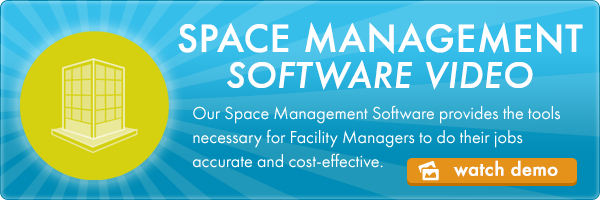3 Corporate Real Estate Trends You Need to Know for 2018


Few things in life are predictable. And in this ever-changing global economy, taking a reactive approach to real estate management is a surefire way for a company to find itself constantly playing catch-up.
Corporate real estate managers (CREs) know how crucial it is to stay on top of current industry and economic developments as potential future updates. If you are a CRE creating or perfecting your 2018 strategy, here are three of the biggest trends you should have on your radar.
1. A Greater Focus on Workplace Flexibility
While boosting the efficiency of a workplace is still essential for CREs, there has been a recent shift towards identifying ways to improve workplace agility. Data from CBRE’s 2017 Global Occupier Survey Report revealed that between 2016 and 2017, the number of corporate real estate managers who cited space efficiency as the most important part of cost management dropped by nearly 20 percent.
Rather than concentrating on developing strategies to reduce space occupancy and redesign the workplace, CREs are focused on how to increase workplace flexibility. The goal of this approach is to “future-proof” real estate portfolios in the face of economic uncertainty.
As part of this pursuit, corporate real estate managers have identified three areas where achieving workplace agility is most important:
- Workplace design. Implementing activity-based working environments gives organizations more flexibility in how they manage space.
- Workplace offerings. Offering employees multiple options for workspaces – for example, both traditional serviced offices and co-working spaces – supports adaptability for both the workforce and the company.
- Leasing structures. Creating lease contracts for property with shorter terms and flexible renewal options makes it easier for businesses to respond to changes in the economy and their industry.
Expect to see more organizations embracing shared workplace strategies in 2018.
2. Investment in Space Management Software
Forward-thinking CREs know that once they’ve decided to shift their focus to space agility and flexibility, the next step is implementing the tools to accomplish this. They know that achieving flexibility in a real estate portfolio is next to impossible without space management software. More specifically, smart corporate real estate managers recognize the need for a powerful, mobile-friendly, SaaS-based space management solution.
Space management software isn’t just for the facility management team anymore. It offers CREs all of the information they need in one platform, including asset management details and space utilization data.
In order to make confident decisions, CREs need data. Not only that, CREs need quick access to this data in an organized, easy to comprehend format. And they need to be able to access it from anywhere. With space management software, corporate real estate managers have insight into every lease at every property. They can build and view dashboards and use analytics to make data-driven decisions about how best to manage the portfolio.
Space management software gives CREs visibility into space utilization and occupancy down to the floor level. And with this visibility, CREs can more easily identify opportunities to consolidate space and reduce costs.
The popularity of space management software is sure to increase in the New Year.
3. Adjusting to the Impact of the New FASB Lease Accounting Standards
In 2018, all organizations will need to update the way they record lease information on their quarterly financial statements. The new lease accounting standards were introduced by Financial Accounting Standards Board (FASB) and aim to improve the transparency of a company’s real estate activities.
The new FASB standards will present two distinct challenges for CREs:
- CREs must have access to and the ability to provide more detailed information about every lease in the company’s portfolio. They’ll be required to more closely monitor lease terms since only leases with terms over 12 months must be reported – as long as the business doesn’t intend to purchase the property.
- Because of this reporting requirement, corporate real estate managers cannot rely on physical documentation or not-updated-nearly-often-enough Excel spreadsheets. Recording lease information manually is simply not an option.
The good news is that abiding by the new guidelines is exponentially easier with asset management software. CREs can track key information about each asset, such as location, contract details, images and product guides. And if their asset tracking solution integrates with space management software, they will always have a complete view of what properties they own or lease so they can ensure compliance with the new reporting standards and plan for the future.
The coming year will undoubtedly bring changes across every industry. For CREs to stay ahead of the curve, they must be proactive and have the ability to update operations as quickly and efficiently as possible.
See how iOFFICE’s Space Management Software can help you better manage your real estate portfolio. Schedule your free demo!
